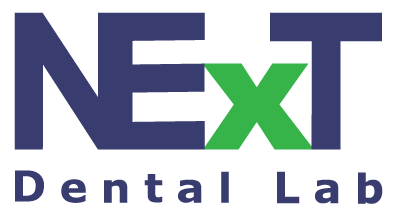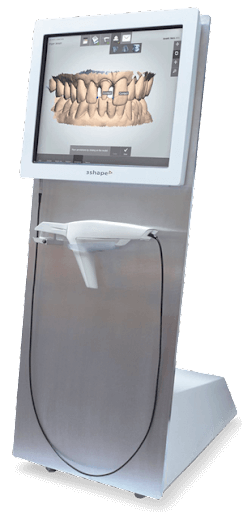Digital dentistry continues to advance rapidly, bringing new technologies that shape how dentists work and patients experience care. The discussion around Medit i700 vs i900 highlights this evolution clearly. Both scanners are built for accuracy and speed, yet they serve slightly different needs within the dental workflow.
Knowing how each performs in real procedures helps dentists make informed decisions that align with their clinical goals and efficiency standards.
Design and Ergonomics

When it comes to daily use, comfort and handling play a major role. The Medit i700 has already been a popular choice among dentists for its wireless design and user-friendly operation. Its moderate weight and smooth movement allow clinicians to capture scans with less fatigue.
The Medit i900, on the other hand, focuses on refinement. It features a larger scan head, a lighter frame, and an improved balance that supports longer sessions. These updates reduce strain during extended procedures and make transitions between patients smoother.
Both models are ergonomic, but the i900’s design feels more advanced and adaptable for high patient volume environments.
Speed and Scanning Performance
Scanning speed is one of the most discussed factors in the Medit i700 vs i900 comparison. The i700 is fast and reliable, capable of completing a quadrant scan in about 35 seconds. It captures fine details efficiently and handles full-arch scans with good consistency.
The i900, however, takes scanning a step further. It completes scans faster, requires less warm-up time, and displays sharper textures with higher contrast. The difference may not appear drastic in short procedures, but it adds up significantly in busy practices handling multiple restorations or same-day treatments.
Image Quality and Detail
Accurate imaging is the foundation of predictable restorations. Both scanners capture detailed scans with clear margin definition. The i700 produces sharp and well-balanced textures that allow laboratories to design restorations with high precision.
The i900 enhances this clarity by adding more depth and definition to the scanned surfaces. Its advanced scan engine creates realistic textures and highlights, improving visual accuracy for both clinicians and lab technicians.
This added detail helps reduce remakes and adjustment time when fabricating restorations or dental implants.
Software and File Flexibility
Both scanners use Medit’s advanced software platform, allowing hassle-free data transfer and integration with open systems. Scans can be exported in STL, PLY, or OBJ formats, giving dental professionals flexibility to collaborate with digital laboratories.
This open file compatibility also benefits partnerships with full-service labs like Next Dental Lab, which support a wide range of digital scanners. Efficient data exchange reduces turnaround times and helps teams maintain smooth communication from scan to final restoration.
Accuracy in Real-World Use
Comparing results from actual cases shows both scanners perform with high precision. In tests using identical crown preparations, the i900 displayed slightly sharper details and less deviation across scan meshes. Still, the i700 remains accurate enough for daily clinical use, including crown, bridge, and implant cases.
While the i900’s advanced optics offer an edge for high-end cosmetic or complex restorative work, the i700 continues to meet the demands of most general practices without compromise. The choice often depends on case complexity and patient volume.
Partner With Next Dental Lab to Strengthen Your Digital Workflow
At Next Dental Lab, we see how digital innovation transforms dental practice efficiency every day. Our experienced technicians work seamlessly with data from the latest scanners, including systems like the i700 and i900. By combining precise digital scans with expert craftsmanship, we help dentists achieve consistent, high-quality results across every restoration.
Explore how our partnership can simplify your workflow and improve patient outcomes through technology that works as hard as you do.

